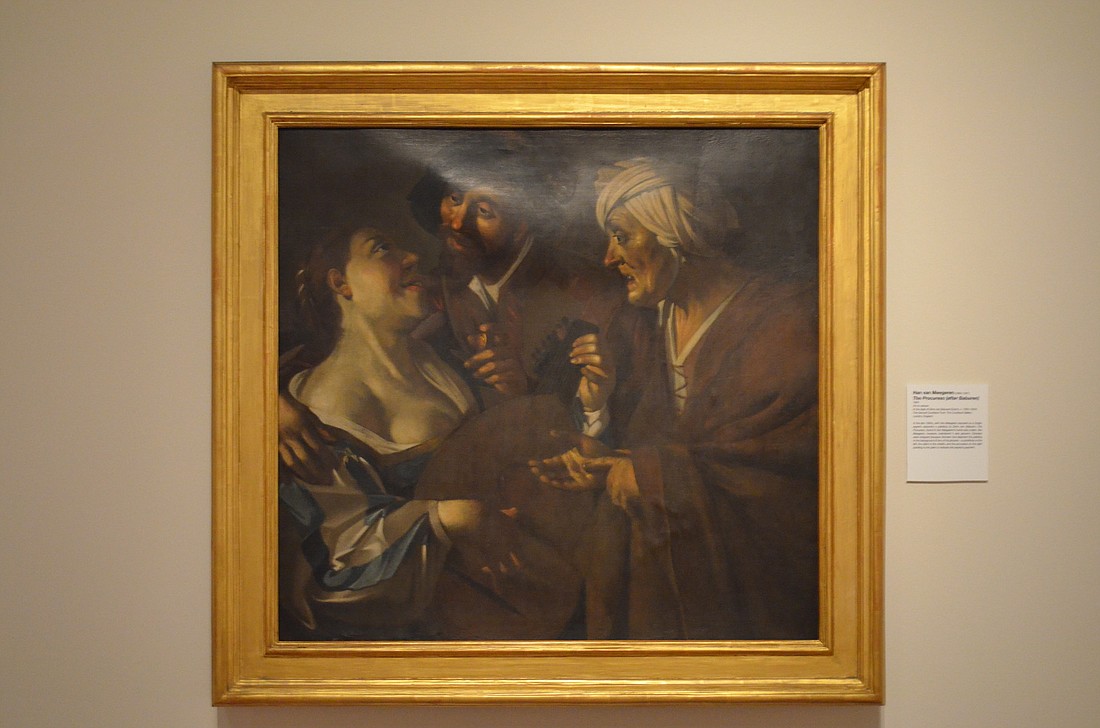- November 25, 2024
-
-
Loading

Loading

There’s a difference between a real painting, a fake and a forgery. A fake duplicates an existing composition. A forgery is a piece painted in the style of a great master pawned as newly discovered or never-been-catalogued. And sometimes, it’s pretty hard to tell the difference between what is real or not.
“Intent to Deceive: Fakes and Forgeries in the Art World” curated by Collete Loll opens this week. The exhibit challenges perceptions of authenticity and points to the serious problem art fraud poses for museums and dealers. It opens May 23 and runs through Aug. 3, at The Ringling Museum of Art, 5401 Bay Shore Road.
The work featured is painted by historic and contemporary con men Han Van Meegeren, Elmyr de Hory, Eric Hebborn John Myatt and Mark Landis. And the exhibit’s focus is on the biographies of the five forgers including their technique, process and psychology of motivation.
For instance, you learn that cultural folk hero Han Van Meegeren was a master of deception. In the early days, his forgeries of Johannes Vermeer passed basic forensic testing. He melted and painted with bakelite (used in popular colorful jewelry), and rolled a metal tube over the canvas to crack the paint’s surface making it appear exactly as an aged 17th century piece would.
He was eventually arrested for being a Nazi collaborator. When actually, he wasn’t trading fine art with the Nazis but trading them his forgeries. People didn’t believe his work was a forgery. He was so good at being a con artist, that in his trial, he had to paint for his life to prove his talent.
And he’s not even the most interesting conman featured. See for yourself at The Ringling. For more information visit intenttodeceive.org or ringling.org.